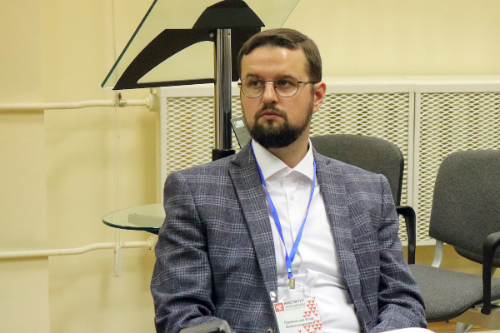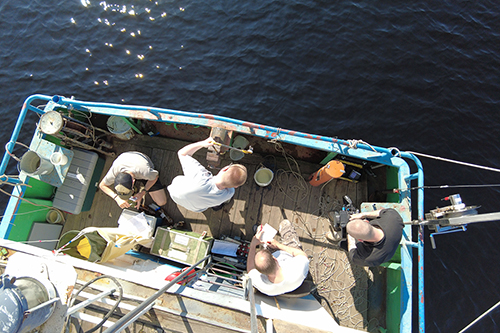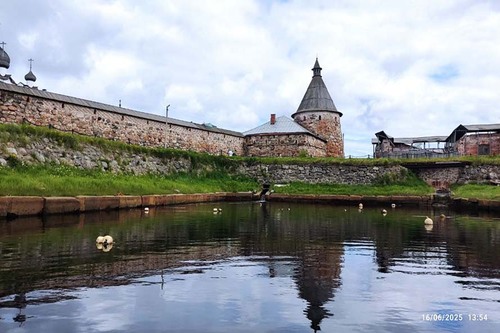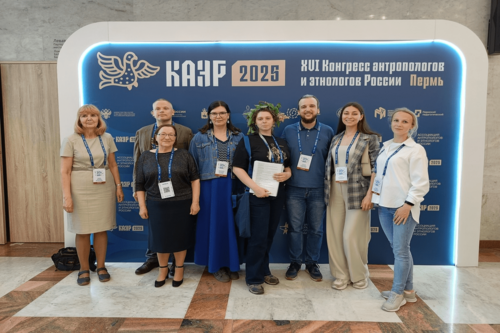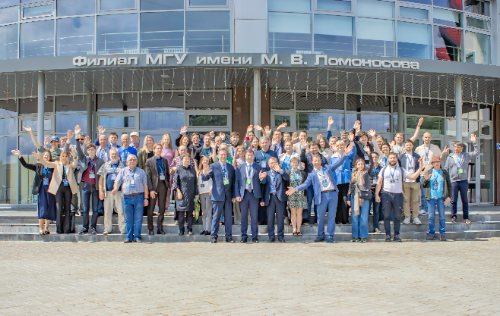– One cannot apply the same criteria to compare between a regional center, where the local administration has a whole department to maintain the public page, and a rural settlement, whose head deals with all issues alone. Besides, the eventfulness and the number of posts will be different in such settlements. So, when setting norms and rules, it would be reasonable to build upon the existing practices and the real capacity of municipalities to engage citizens in online dialog, - explained Egor Prokopyev, Senior Researcher at the Institute of Economics KarRC RAS.
According to the scientist, a solution is to find ways to reduce the digital divide by introducing effective ways of social media representation that are not universal, but tailored to each type of municipality. The project “The digital divide and local administrations: a view through social media”, implemented under Russian Science Foundation grant ¹ 23-28-00685 is designed to help in this endeavor. Its participants aim to develop a methodology for assessing the digital divide in the sphere of online interactions between authorities and the public.
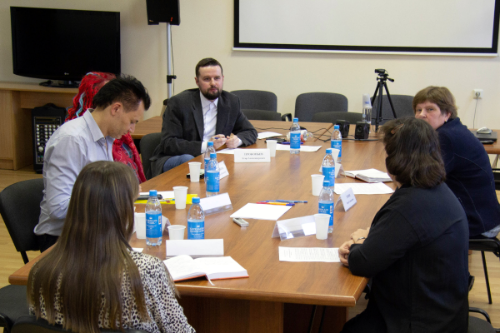
Project focus group with representatives of active citizens of the Republic of Karelia
Economists customized the user engagement index suggested by foreign colleagues to domestic realities and identified the specific features and conditions for its application. The index is based on the ratios of likes, comments, posts, shares, and views. As a result, the impact of the socio-economic parameters of municipalities and personal characteristics of their heads on the activity of social-media public pages was assessed for the first time based on Russian data. To this end, scientists have analyzed groups of 615 settlements, 198 districts and okrugs of the Northwestern Federal District for the period from 2017 through 2022. All in all, 1.82 million posts and 1.64 million comments on these posts were sampled.
Having applied this index, the researchers proved that the level of engagement in groups of both municipal districts and settlements is influenced by the population size and by how long the public page has existed. In addition, factors of influence for districts were distance to the regional center and average salaries - the lower it is, the more actively citizens express their dissatisfaction with the work of authorities. Several focus groups meetings with heads of municipalities were held within the project, which showed that the negative/positive comments ratio in official VK groups was two to one.
Thus, the following parameters are needed to apply the methodology: 1) number of days the group has existed; 2) number of posts on the group wall; 3) engagement index; 4) population size; 5) average salary.
Based on calculations, scientists divided municipalities into clusters and quartiles using color coding. Ultimately, it only makes sense to compare the publics of districts and settlements falling within the same group, including for the purpose of identifying best practices. The methodology is of practical interest, as it helps establish normative indicators and define reality-based social media performance criteria for different groups of municipalities.
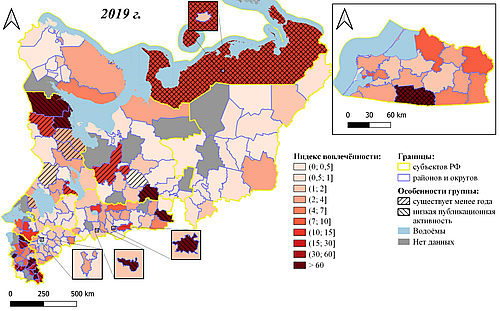
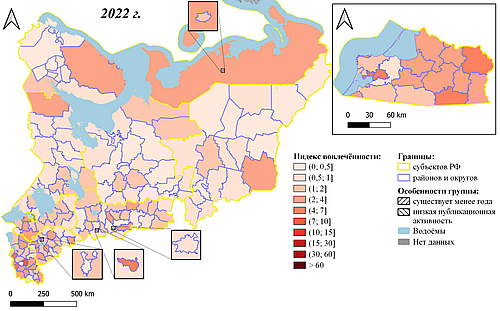
The darker the red shade, the higher the engagement index. Publics that have existed for less than a year or publish few posts are characterized by a high engagement index (see 2019). Over time, the index naturally decreases, so municipalities are in lighter shades in 2022.
“Using our methodology, municipal administrations can select several socio-economically similar benchmarks, including those outside the “home” region, with a high probability that the experience of others will be applicable and useful for them”, – authors of the study remark.
The results of this effort with examples of applying the methodology across Northwest Russia are published in an open-access scientific journal “Economic and social changes: facts, trends, forecast”. The authors emphasize that the tool can be applied both within a region and across the country. The methodology can be used by public bodies in charge of the information policy to assess the performance of local administrations in social media, to compose a differentiated system of targets, to do benchmarking, and to prevent artificial overstatement of the level of engagement.
Photos: M. Dmitrieva, V. Shvetsova / KarRC RAS Science Communication Office




